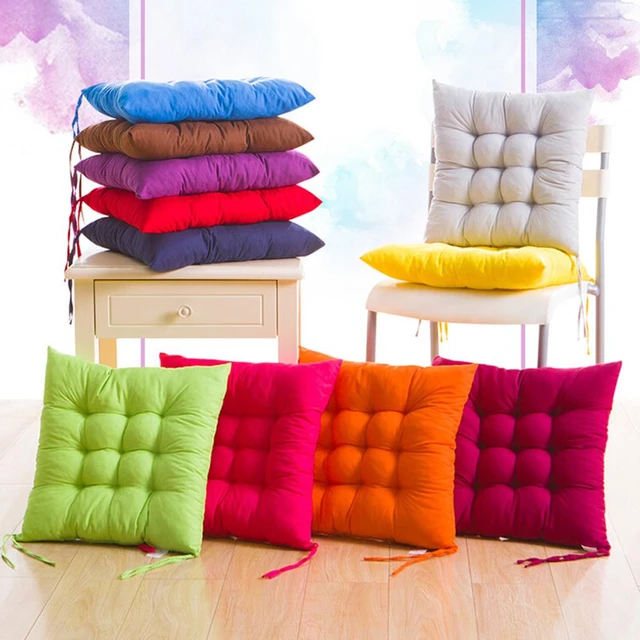 Introduction:
Introduction:
Patio cushions are essential for creating a comfortable and inviting outdoor seating area. While there are many options available for purchasing patio cushions, making your own can be a rewarding and cost-effective DIY project. By customizing the design, fabric, and size of your patio cushions, you can add a personal touch and create a cohesive look for your outdoor space. In this comprehensive guide, we will explore the benefits of DIY patio cushions, discuss the necessary materials and tools, and provide step-by-step instructions for creating your own. By following these guidelines, you can elevate the comfort and style of your patio without breaking the bank.
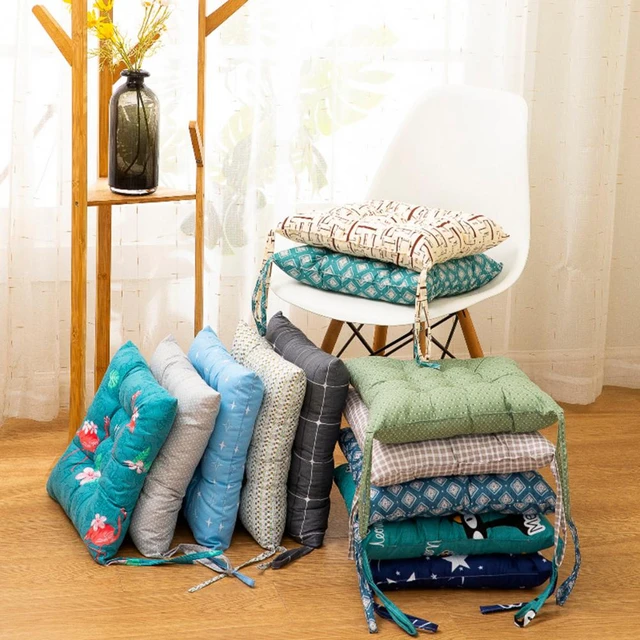 Some popular material options and trends for DIY patio cushions:
Some popular material options and trends for DIY patio cushions:
When it comes to DIY patio cushions, there are various materials and types to consider based on personal preferences and the desired look and functionality. Here are some popular material options and trends for DIY patio cushions:
Outdoor Fabrics:
Outdoor fabrics are specifically designed to withstand the elements, making them a popular choice for patio cushions. Materials like acrylic, polyester, or solution-dyed fabrics are often used for their durability, resistance to fading, and water and stain repellency.
Sunbrella:
Sunbrella fabric is a well-known brand of outdoor fabric appreciated for its performance and style. It is highly durable, fade-resistant, water-resistant, and easy to clean. Sunbrella fabric comes in various colors, patterns, and textures, allowing for customization and versatility in DIY patio cushions.
Waterproof Materials:
For areas with heavy rain or high humidity, waterproof materials like vinyl or marine-grade fabrics can be a practical choice. These materials offer excellent water resistance and can withstand moisture without developing mold or mildew.
Cushion Foam:
The type of foam used in DIY patio cushions can impact comfort and durability. High-density foam or outdoor foam is commonly used for its resilience and ability to withstand outdoor conditions. It provides support and prevents the cushion from sagging over time.
Reusable Cushion Covers:
An emerging trend in DIY patio cushions is the use of reusable cushion covers. These covers typically have a zipper or closure system, allowing you to easily change the appearance of your cushions by swapping out different covers. This trend offers flexibility and the opportunity to update your outdoor decor without the need for significant time or effort.
Bold Prints and Colors:
Many people embrace vibrant and bold prints or colors for their patio cushions. Floral patterns, tropical motifs, geometric designs, and bright hues can add a lively and eye-catching element to outdoor spaces. Mixing and matching different patterns and colors is also a popular trend, creating an eclectic and personalized look.
Remember to consider the specific needs of your outdoor space, such as sun exposure and weather conditions, when selecting materials and types for your DIY patio cushions. It’s also important to ensure that the chosen materials are suitable for outdoor use and can withstand the elements for long-lasting enjoyment.
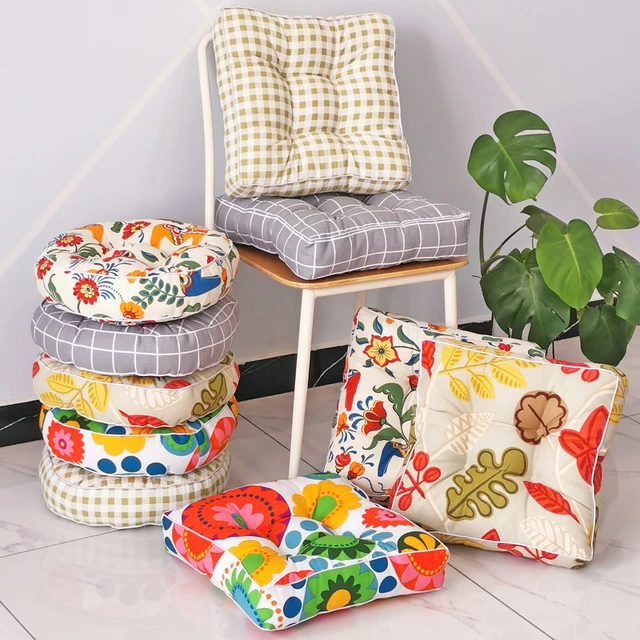 Benefits of DIY Patio Cushions:
Benefits of DIY Patio Cushions:
Customization:
DIY patio cushions allow you to customize the design, fabric, and size to suit your personal taste and the aesthetics of your outdoor space.
You have the freedom to choose colors, patterns, and textures that reflect your style.
Cost-Effectiveness:
Making your own patio cushions is often more affordable than purchasing pre-made cushions.
By sourcing materials and supplies yourself, you can save money and still achieve high-quality results.
Quality and Durability:
DIY patio cushions give you control over the materials used, ensuring that you select durable and weather-resistant fabrics and foam.
This allows for cushions that will withstand outdoor conditions and last for seasons to come.
Eco-Friendly:
DIY patio cushions promote sustainability by reducing waste and reusing materials.
You can repurpose existing cushions or source eco-friendly materials to create an environmentally conscious outdoor seating area.
Materials and Tools:
Fabric:
Choose outdoor fabric specifically designed for outdoor use.
Opt for materials that are waterproof, fade-resistant, and durable against sun and weather exposure.
Foam:
Select foam that is suitable for outdoor use, such as closed-cell foam or high-density foam.
Ensure that the foam is resistant to mold and mildew growth.
Thread and Zippers:
Use UV-resistant thread and water-resistant zippers to ensure the longevity of your patio cushions.
Sewing Machine and Tools:
A sewing machine, scissors, measuring tape, pins, and a fabric marker are essential tools for sewing your patio cushions.
Additionally, a staple gun and spray adhesive may be needed for attaching the foam to the cushion covers.
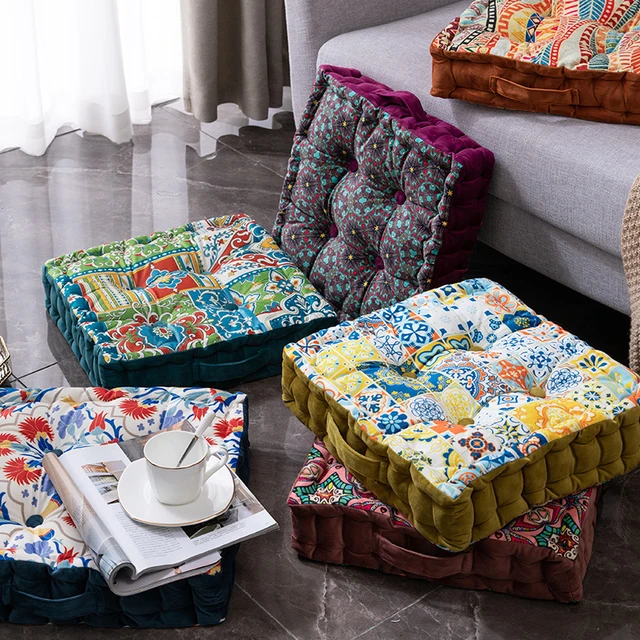 Step-by-Step Instructions:
Step-by-Step Instructions:
Measure and Cut:
Measure your existing patio furniture or the seating area where the cushions will be placed.
Cut the foam and fabric to match the desired dimensions, leaving extra allowance for sewing and seam allowances.
Sewing the Covers:
Sew the fabric pieces together, leaving one side open for inserting the foam.
Ensure that the covers are secure and have reinforced seams for durability.
Inserting Foam and Closing:
Insert the foam into the fabric covers, making sure it fits snugly.
Close the open side of the cushion cover either by sewing it shut or using a zipper closure.
Finishing Touches:
Give your patio cushions a polished look by adding decorative elements such as piping, trim, or buttons.
These details can enhance the style and personalization of your cushions.
Maintenance and Care:
Cleaning:
Follow the manufacturer’s instructions for cleaning outdoor fabric.
Typically, you can spot clean the cushions with mild soap and water or machine wash them on a gentle cycle.
Storage:
When not in use, store your DIY patio cushions in a clean and dry area to protect them from the elements.
Consider using storage bags or bins to keep them organized and protected.
Safety Considerations:
Ensure that the patio cushions are securely attached to your outdoor furniture to prevent slippage or accidents.
Check the foam periodically for signs of degradation or wear and replace it if necessary.
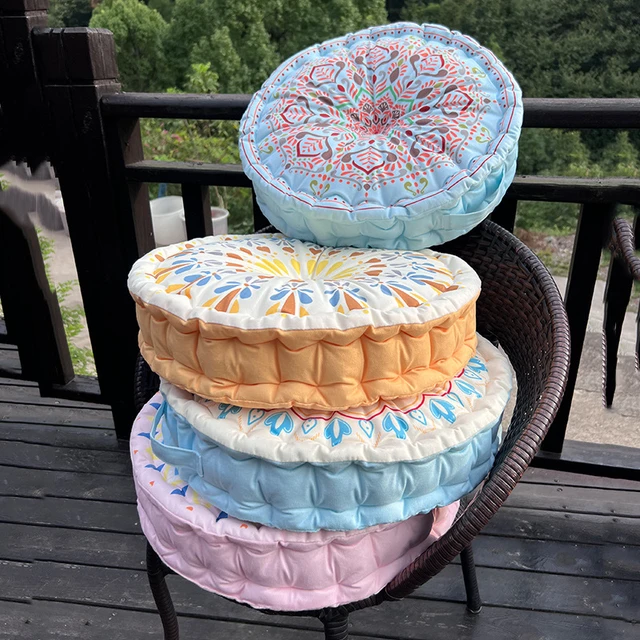 Conclusion:
Conclusion:
Creating your own DIY patio cushions allows you to customize the design, fabric, and size to suit your outdoor space. The benefits of DIY patio cushions include customization, cost-effectiveness, quality, and eco-friendliness. By selecting durable outdoor fabrics, high-density foam, and UV-resistant thread, you can ensure that your cushions withstand outdoor conditions. Follow the step-by-step instructions, use the necessary tools, and add finishing touches to achieve a professional look. With proper maintenance and care, your DIY patio cushions will provide comfort and style to your outdoor seating area for years to come. Embrace the opportunity to unleash your creativity and enjoy a personalized outdoor oasis.And it echoes the surrounding accessories, such as vases, plates, and time lock, to create a satisfying living space.


